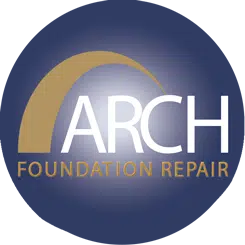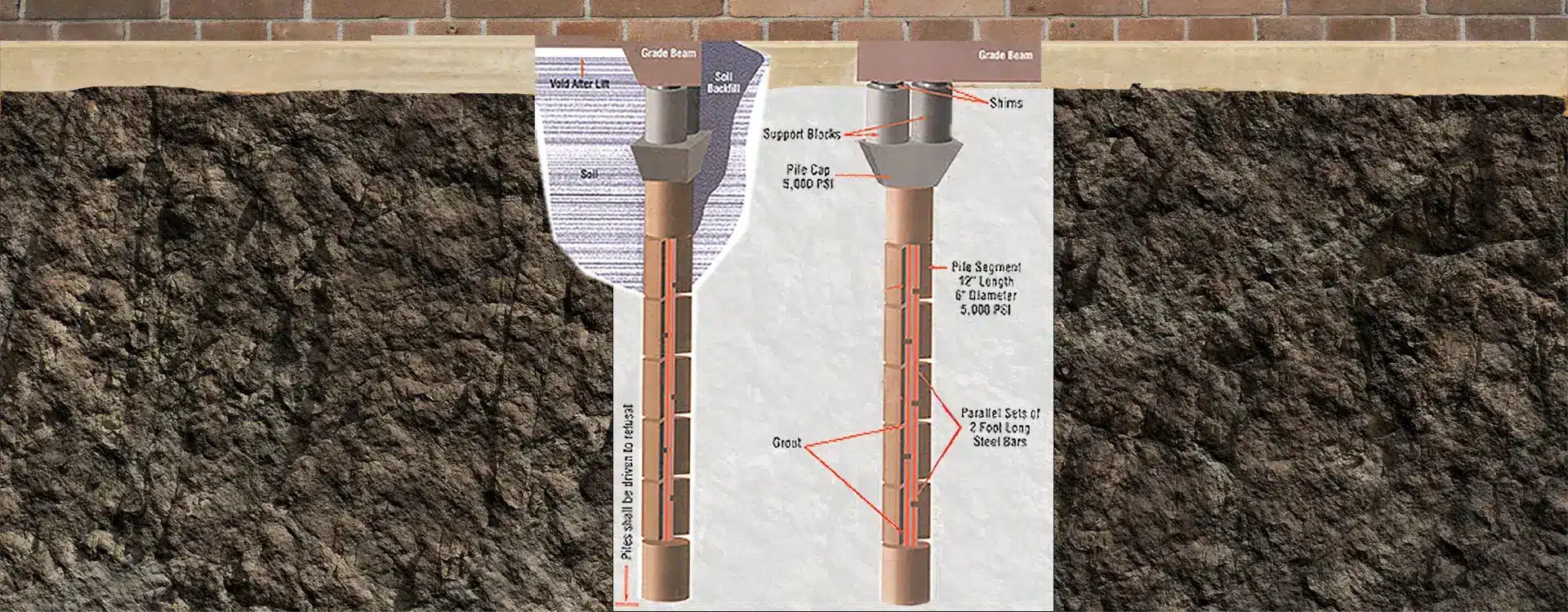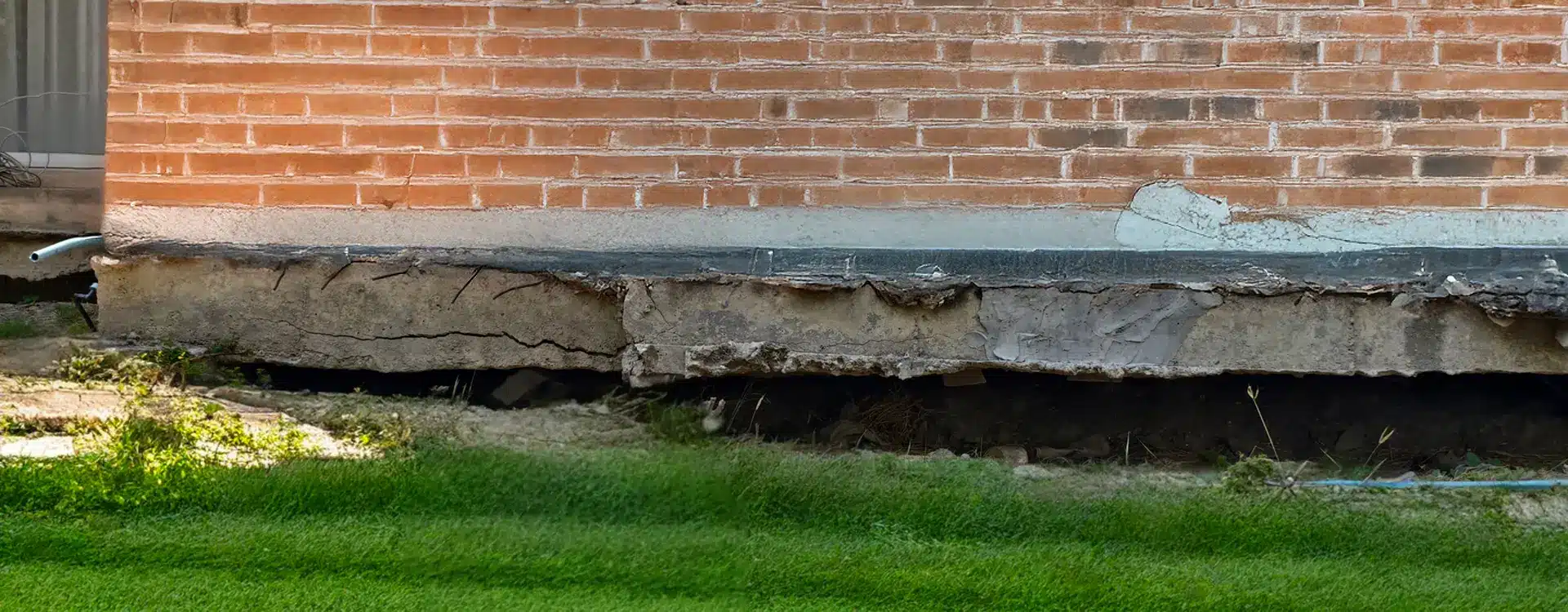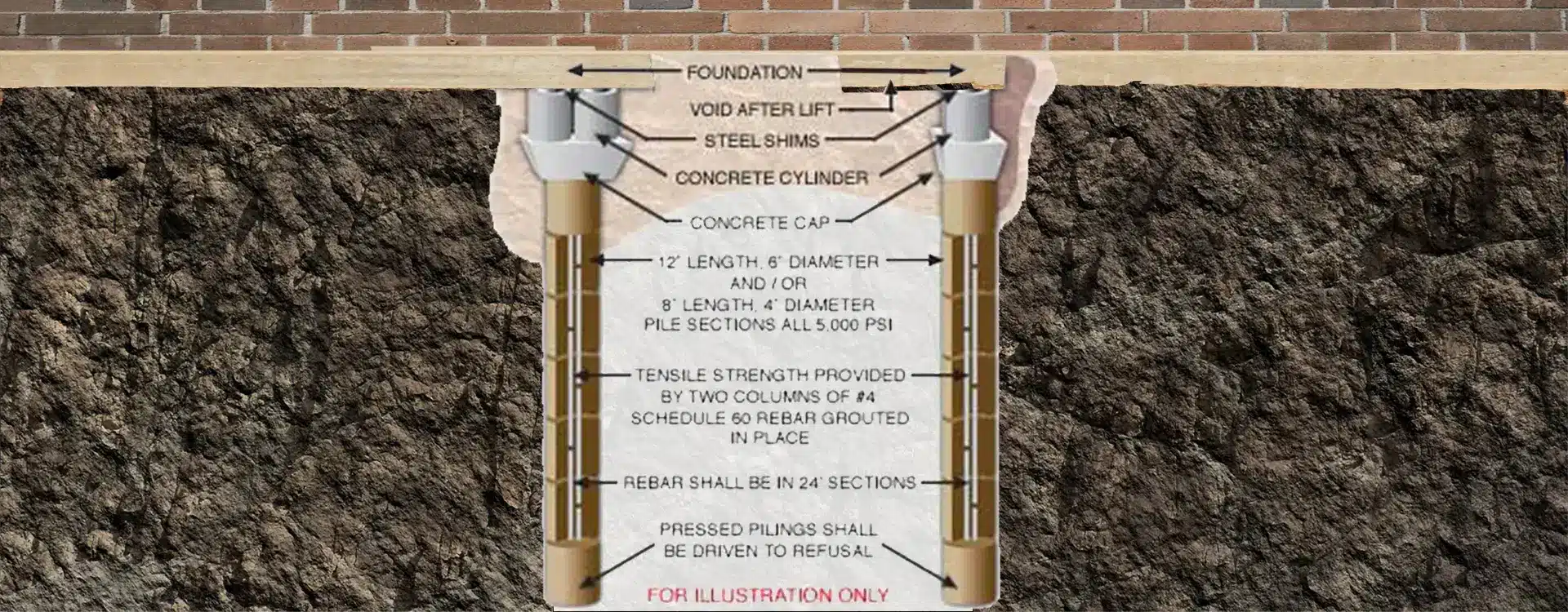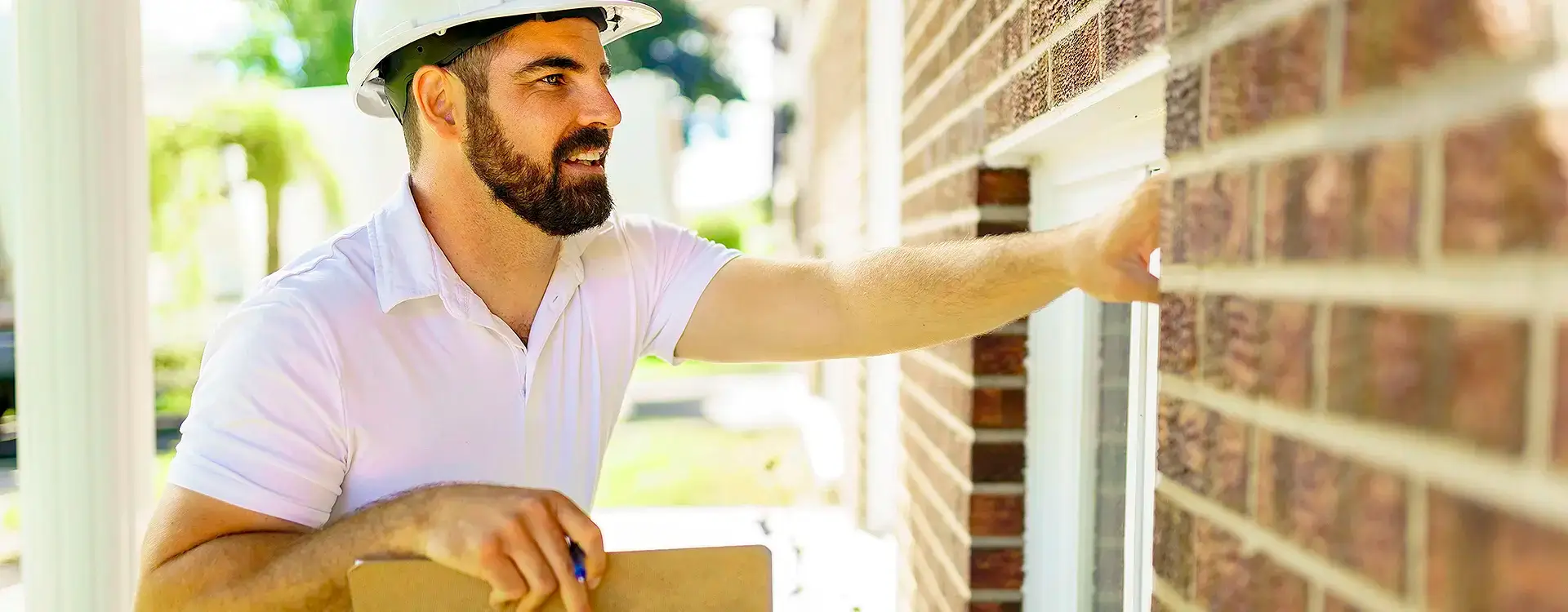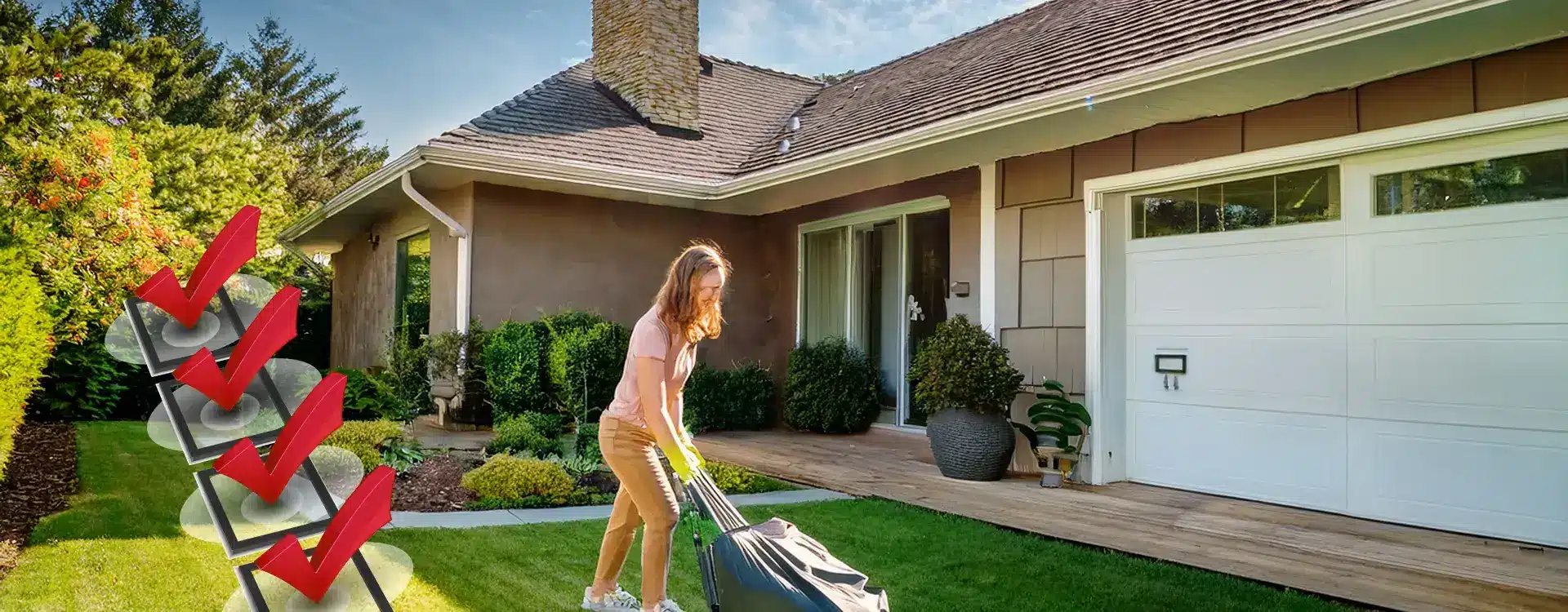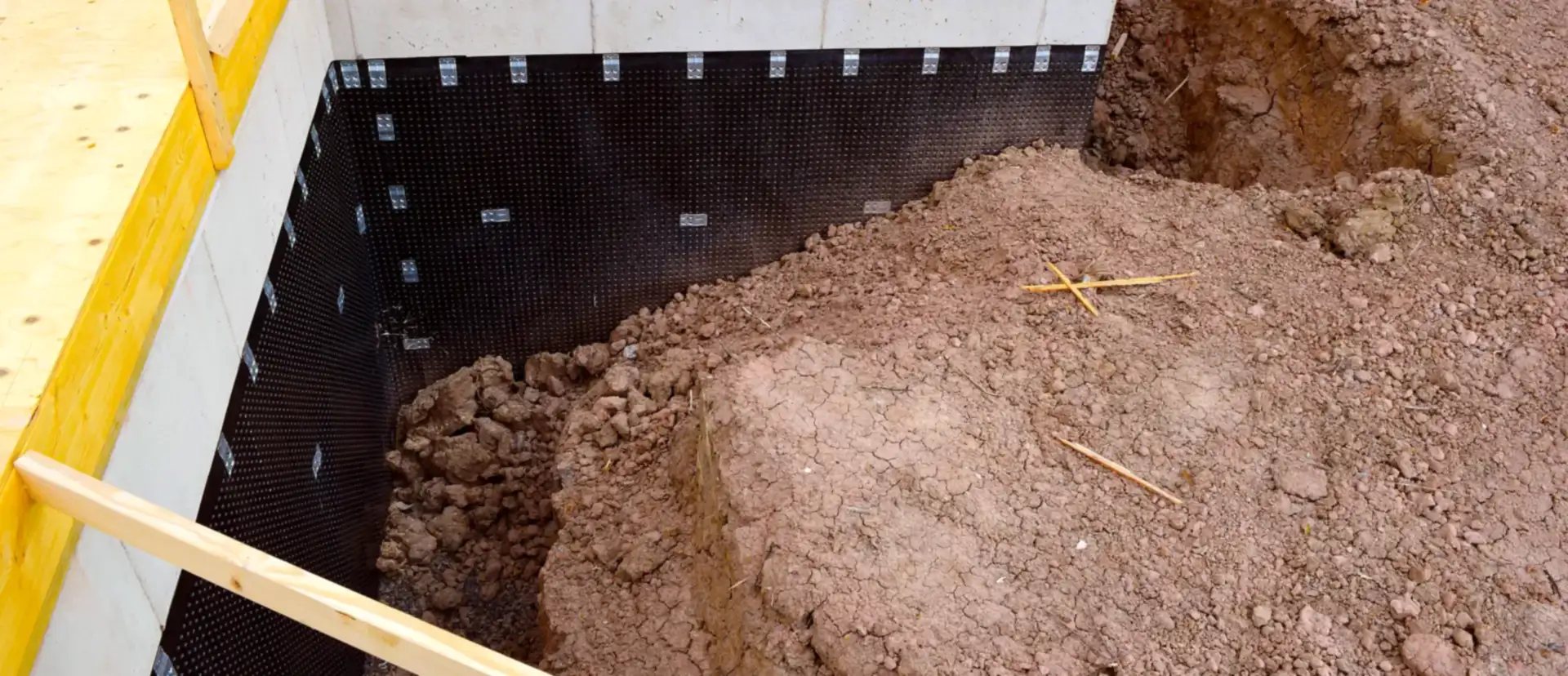Is your Dallas home showing new cracks and increasingly sloping floors? Do doors not quite shut anymore? If so, it may be time to consider foundation repairs using concrete piers. Around North Texas, these warning signs usually mean the soil underneath is shifting again, and as a result, the foundation is starting to feel it.
Fortunately, one of the best ways to fix that kind of problem in North Texas is with concrete piers. For decades, homeowners have trusted them because they hold up—plain and simple. In addition, they’re specifically built to handle our heavy clay soil that expands and shrinks every time the weather changes. Because of that, foundation repair remains such a big topic around Dallas. The ground just doesn’t like to sit still for long.
Now, let’s walk through what happens when concrete piers come into play. Follow along as we break down how they work and why so many Texas homeowners swear by them. Ultimately, we want to help you understand what to expect when the installation crew shows up. By the end, you’ll have a clear idea of whether this old-school, proven method feels right for your home.
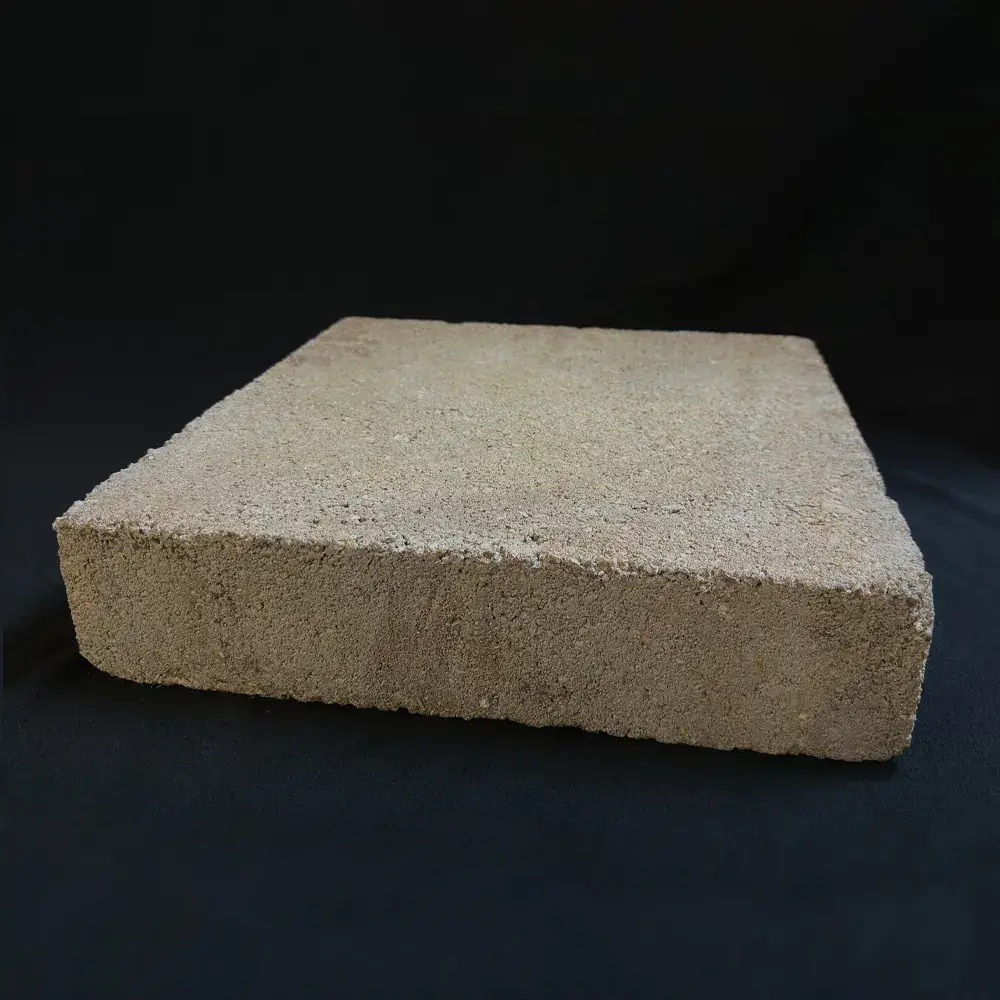
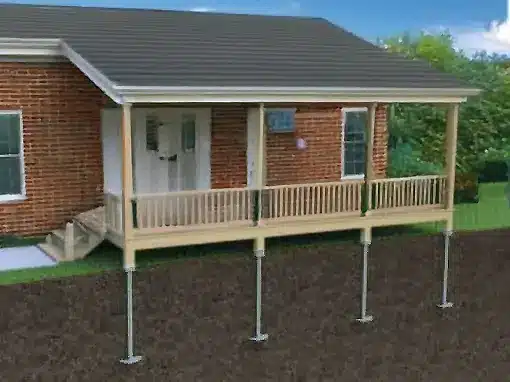
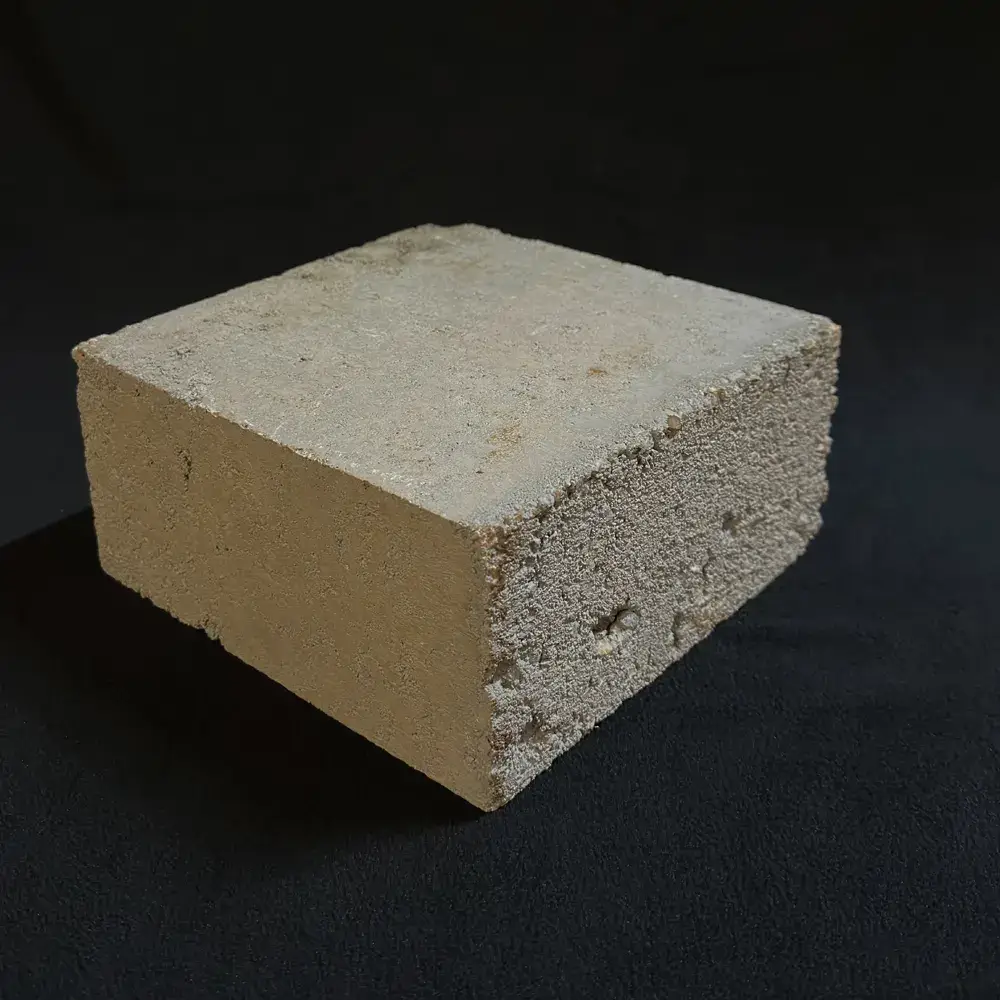
Why Concrete Piers Matter in Dallas Foundation Repair
Dallas homeowners get it. Long, dry summers bake the clay soil until. Huge cracks crisscross the yard. Then heavy rains arrive and cause that same soil to swell. This constant expansion and contraction puts enormous pressure on your foundation. Over time, that movement causes your foundation to suffer. You see cracking, uneven floors. Even walls separate. Concrete piers help. How do they do that? They transfer the weight of your home down deep. That lower soil doesn’t shift when the top layers expand or contract. Unlike temporary fixes that cover up symptoms, concrete piers solve the real issue. They create a lasting base that keeps your foundation from moving year after year.
What Exactly Are Concrete Piers?
Concrete piers go by several names. You may have heard them called drilled piers or cast-in-place piers. They are vertical columns made of reinforced concrete. Each one is poured deep below your foundation to carry part of your home’s weight. The pier transfers that weight to compact soil layers that don’t move like surface clay does. In the Pro-Lift System by Arch Foundation Repair, piers are usually 8 to 20 feet deep. The depth depends on the soil and the home’s construction. Each pier has a bell shape at the bottom. The wider base spreads the weight more evenly underground and increases strength.
How the Concrete Pier Installation Process Works
Concrete pier installation is a detailed job. Foundation Companies use skill and precision to reach solid soil. It isn’t fast. But it’s effective. Here’s what happens step by step.
- Soil Analysis and Planning
The first step is a soil evaluation. Dallas clay varies from one property to another. Soil borings help determine how deep the piers should go to reach solid ground.
- Drilling the Shafts
Technicians drill holes under your foundation beams. These holes are spaced about eight to ten feet apart. Each one is roughly eight to twelve inches wide. Drilling continues until they hit soil strong enough to support the home.
- Creating the Bell
Once the right depth is reached, a tool shapes the bottom into a bell. This flared section strengthens the pier and helps it resist movement.
- Reinforcement and Concrete Pouring
Steel rebar is added to reinforce the pier. Then concrete is poured to fill the shaft and the bell. Since the concrete is mixed and poured on-site, the crew can confirm the pier’s depth and shape before it hardens.
- Connecting the Foundation
After the concrete cures, hydraulic jacks lift the foundation gently. The home’s weight transfers to the new piers. That load now rests on solid, unmoving soil instead of shifting clay.
Advantages of Using Concrete Drilled Piers for Foundation Repair
Concrete piers are a strong and reliable foundation repair. They’re designed based on your home’s weight and the local soil conditions. That means they fix the true cause of foundation movement instead of hiding it. Because they’re formed in place, installers can see each pier during construction. Quality control is easier. Concrete piers can be placed vertically or at an angle, depending on your home’s design. The belled base also allows each pier to carry more weight without sinking. Together, these features make concrete piers an excellent long-term solution.
Drawbacks to Consider
Concrete piers take longer to install than pressed pilings. The process often lasts a week or more because of drilling and curing time. Costs are higher because of labor and materials. Some landscaping may need to be removed temporarily. Interior access points are harder to reach. Still, for many Dallas homes, the long-term benefits are worth it.
How Concrete Piers Compare to Other Foundation Repair Methods
Dallas homeowners often compare concrete piers with pressed pilings since both are popular in North Texas. Both systems can perform well when installed correctly. The main difference lies in how much control and verification you want during the process.
| Feature | Concrete Piers | Pressed Pilings |
| Material | Poured reinforced concrete | Pre-cast concrete cylinders |
| Depth | Typically 8–20 ft | Varies by soil resistance |
| Installation | Drilled and poured | Driven hydraulically |
| Verification | Visual (confirm depth and bell) | Based on driving resistance |
| Timeline | Slower (due to curing) | Faster (ready immediately) |
| Cost | Higher upfront investment | Moderate |
| Soil Impact | More excavation required | Minimal disruption |
Signs You Might Need Concrete Pier Foundation Repair
Cracks in your walls or brickwork can be an early warning sign. Floors that slope or doors that stick are another red flag. Look for gaps near ceilings or windows. These issues are common in Dallas homes where clay soil expands and shrinks with the weather. If you notice them, it’s time to schedule a foundation inspection. A professional can confirm whether concrete piers are the best fix for your situation.
The Long-Term Benefits for Dallas Homes
Once concrete piers are installed, your home no longer shifts with changing moisture. Because the piers extend below the active clay layer, seasonal expansion doesn’t affect them. That means fewer cracks. You get straighter doorways. Your foundation that stays put. This isn’t just a patch. It is a solution that lasts for decades. Homeowners across Dallas choose concrete piers. Why? Because they deliver peace of mind and proven results.
Pro Tip: Don’t Delay a Foundation Inspection
Foundation problems don’t fix themselves. In fact, they only get worse over time. Even small cracks signal problems. There could be serious movement under your home. The longer you wait, the more expensive the repairs. If you’ve seen early signs of shifting, call a professional. Getting an inspection now can prevent far bigger problems later.
Ready to Learn What Your Home Really Needs?
From Dallas, Plano, or DFW suburbs, Arch Foundation Repair can help. They’ll evaluate your foundation, explain the results, and design a plan that fits your home. They specialize in concrete piers, pressed pilings, and the Pro-Lift System, each tailored for North Texas soil. Contact Arch Foundation Repair today to schedule your estimate and learn whether concrete piers are right for your home.
Foundation Repair Estimate Series
- Foundation Repair Steel Piers
- Commercial Foundation Repairs: The Why’s and How’s
- Know the fundamentals and advantages of Soil Injection Foundation Repair
- Value of Being Prepared. What does a Pier and Beam Foundation Repair Cost?
- The Pro-Lift System: A Smarter Way to Handle Foundation Repair in Dallas
- Are Concrete Pressed Pilings a Faster, Better Way for Dallas Foundation Repair?
